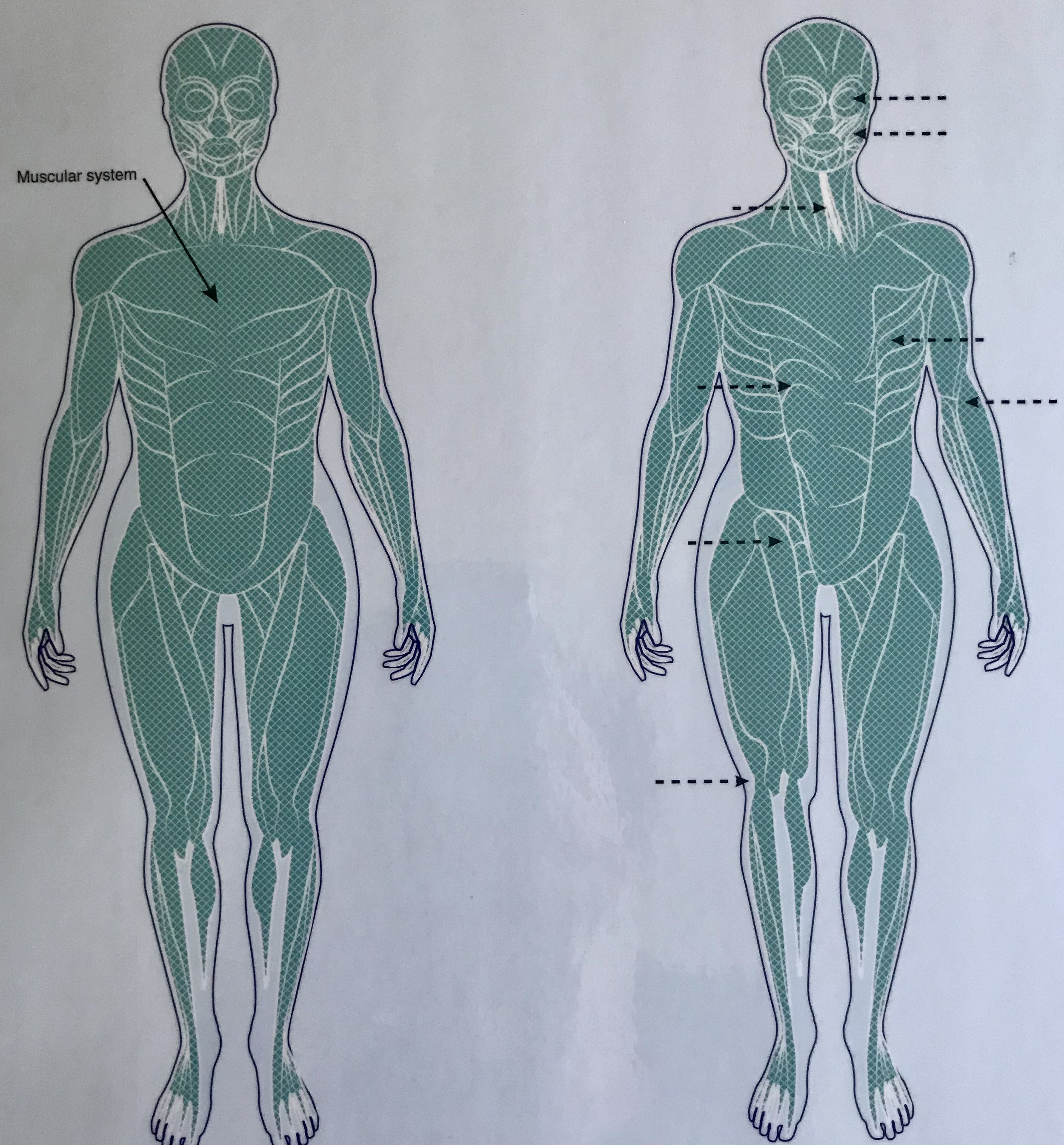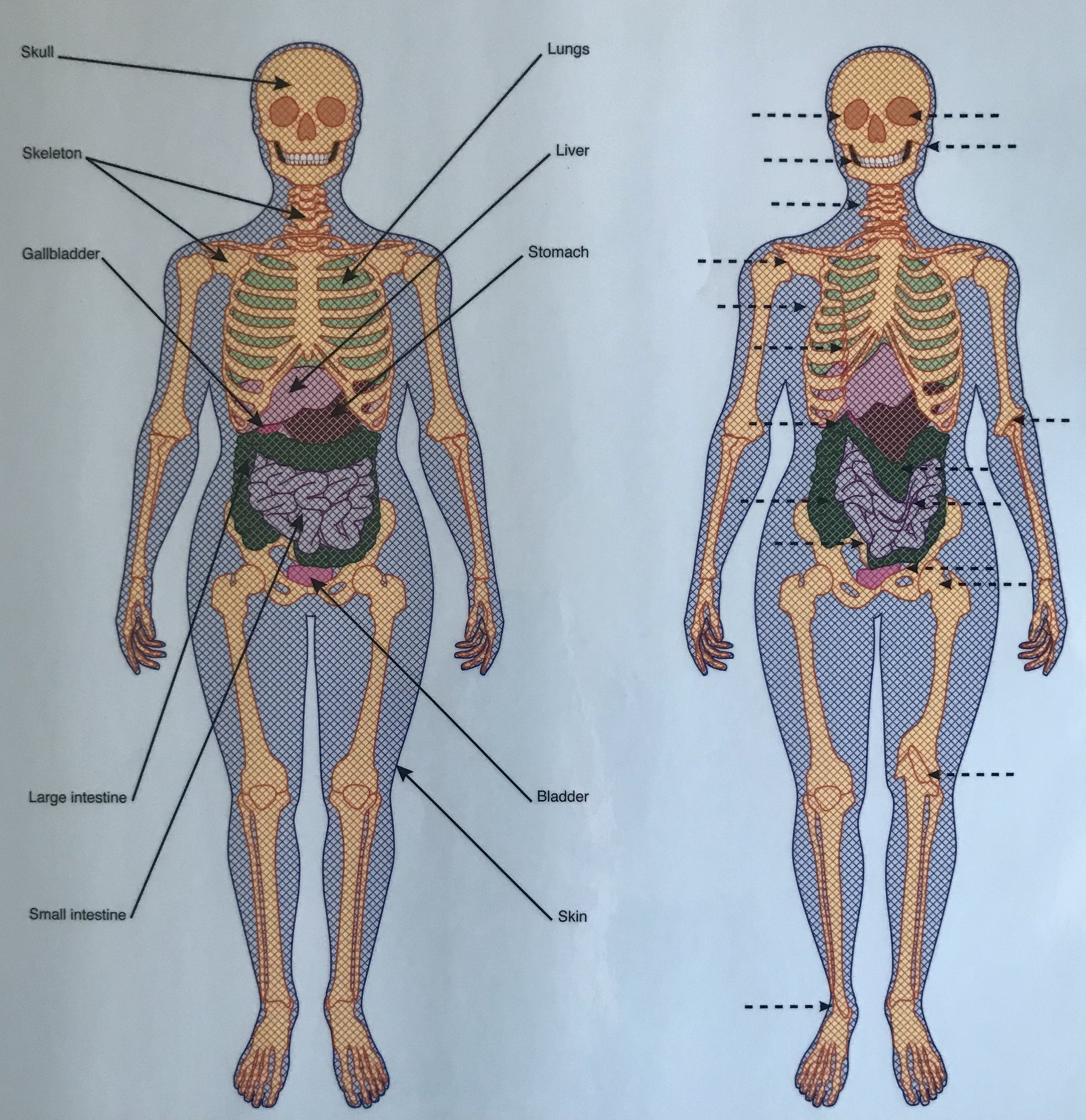I’m sure you have spoken to people who have made a seemingly harmless movement that results in a significant injury (i.e. “I just reached down to pick up a book and threw out my back”). In fact, I hear variations on this over and over again in my practice. In actuality, the injury is not a result of the simple movement which seemed to have resulted in a serious injury, but is a result of ALL of the movements and injuries that the body has had to accommodate to over the years.
Our bodies are amazing things and can accommodate to/work around a lot (i.e. the old football injuries, a concussion from a car accident, a sprained ankle, etc.). If these individually occurring injuries are not addressed within the soft tissues of the body (muscles, tendons, facia, etc.), they remain in the body which then has to work around the resulting damage. This damage can be in the form of pulls in the soft tissue, misalignments of hard and soft tissues, restrictions (think knots) in the soft tissues, etc.
With each new injury (big or small), the body needs to accommodate to the new tissue damage and do the best it can to do all of the things that you require it to do in a day (take a shower, get dressed, make breakfast, eat breakfast, digest breakfast, go to the gym, etc…). At some point your body’s ability to do all of these things efficiently and without pain is impacted by the accumulation of the injuries and damaged tissue that is stored in the body. So, simply bending down to pick up a book and having it result in a thrown out back is not the cause … it is just “the straw that broke the camel’s back”. It is the accumulation of a lifetime of other tissue restrictions/pulls/misalignments that your body is no longer able to tolerate.
If this sounds familiar because you or someone you know are living it and want to change this story/outcome, CranioSacral Therapy is the answer. CranioSacral Therapy specifically works to support the body to heal these tissue restrictions, pulls, misalignments, etc. Healing them allows you to regain physical abilities that may have become too much for your overly taxed body, reduce or eliminate pain, or even prevent pain or reduced physical abilities before they happen by healing the underlying tissue damage before it becomes symptomatic.
A picture is worth a thousand words, so below are some simplified pictures of fascia (a connective tissue network that spans your entire body) and the possible results of damage to our fascia. These images come from a poster that I keep on the wall in my office, created by Tad Wanveer for the Upledger Institute.
The first set of three images is a very simplified look at the fascial system in the body, which goes from head to toe.
Image 1 represents a fascial system in perfect alignment – this body has not had a challenging birth or so much as a bump or bruise.
Image 2 is the result of a single injury to the left side of the head/neck. However, in this image (if you compare it with the first image), you can see that the body is affected not only at the place of the injury, but much of the body is in fact impacted. A good example of this that you may be familiar with is nylons. If you got a run in the nylon, it would not just be a tear in that place, but would cause a run down the nylon.
Image 3 is a better representation of the reality of our bodies and the accommodations that they make due to the injuries that we have had. In this image, you can see multiple injuries, and (in my opinion) the best part of this image is that it shows how those injuries (restrictions/pulls/misalignments) affect each other.
This set of images represents our muscular system.
The first image represents what the muscular system of the body of Image 1 from above would look like (the one with perfect alignment).
The second image is a representation of the impact to the muscular system that would result from the injuries held by Image 3 above. This shows how those restrictions/pulls/misalignments would impact the muscular system of this body. Functionally, this could result in any of the following: headaches, difficulty swallowing, pain with walking, limp, etc.
The final set of images represents our skeletal and gastrointestinal systems.
The first image represents what the skeletal and gastrointestinal systems of Image 1 from above would look like (the one with perfect alignment).
The second image is a representation of the impact to the bones and digestive tract that would result from the injuries held by Image 3 above. Functionally, this could result in any of the following: pain with walking, a slight limp, TMJ dysfunction, headaches, cognitive issues, shoulder tension, difficulty with bowel movements, incontinence, etc.
Wanveer, T. (Illustrator). (2016). Fascia: The Interwoven Body [Poster].



